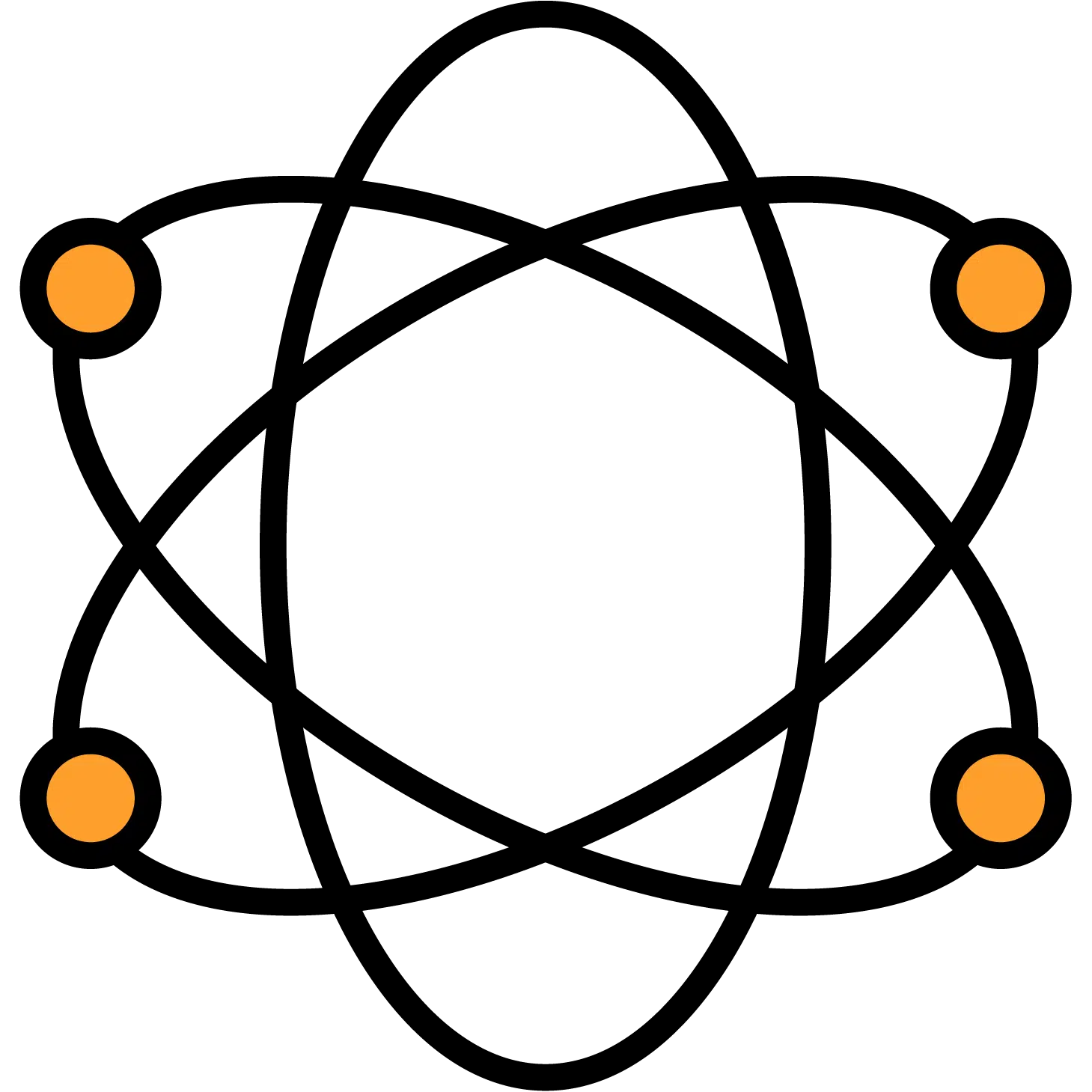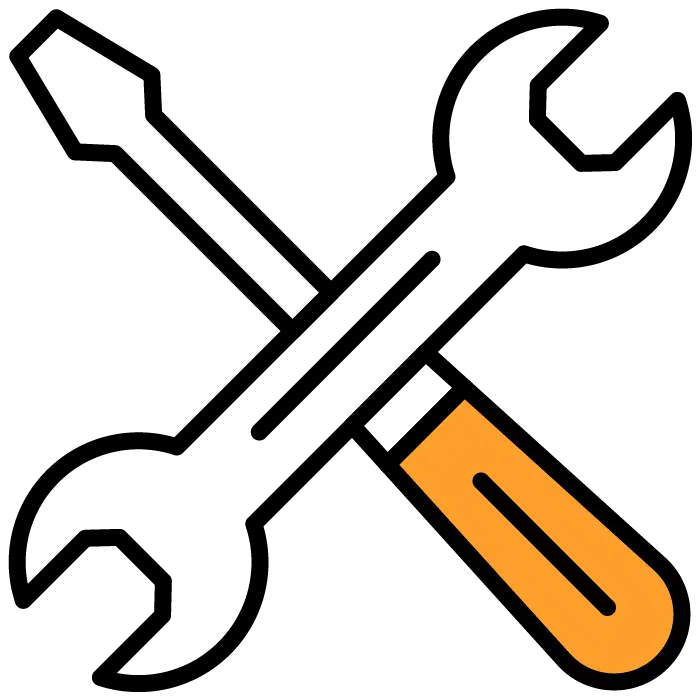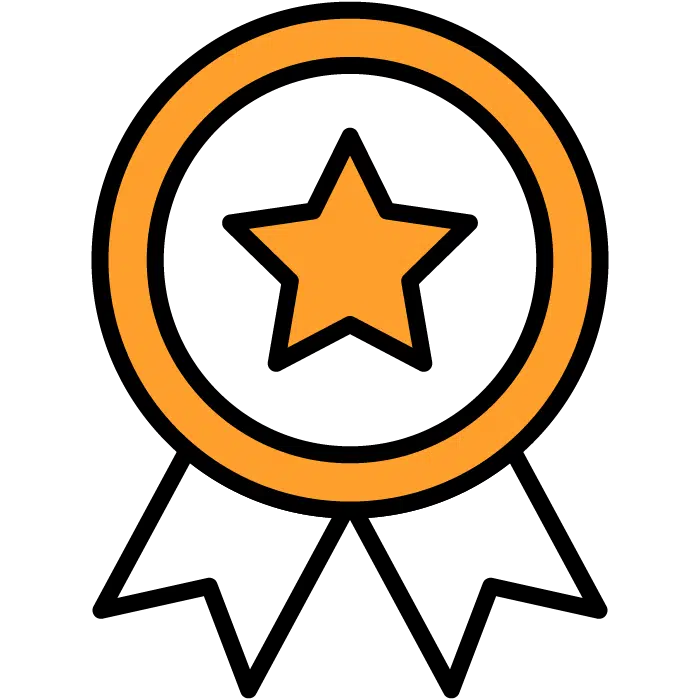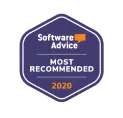Building a solid HR foundation is essential for startups and small businesses. With limited resources and a fast-paced environment, every HR process—from recruitment to compliance—must be meticulously planned.
This guide presents a comprehensive and detailed HR checklist for startups and small businesses designed specifically for startups and small businesses, ensuring you cover every critical aspect to foster growth, compliance, and positive company culture.
Why an HR Checklist Is Essential
For startups and small businesses, a robust HR checklist is more than just a list of tasks; it’s a blueprint for establishing efficient, compliant, and scalable HR operations. It helps you to:
- Ensure Legal Compliance: Keep up with labor laws and internal policies.
- Streamline Operations: Create efficient workflows for recruitment, onboarding, payroll, and performance management.
- Build a Strong Culture: Lay the foundation for a cohesive and motivated team.
- Support Growth: Develop processes that scale with your business as it expands.
For additional insights, explore our comprehensive HR Checklist and HR Compliance Checklist.
The Detailed HR Checklist for Startups & Small Businesses
Below is an in-depth, step-by-step checklist that covers all critical HR functions. Use this as your go-to resource for setting up and refining your HR processes.
1. Pre-Employment Preparation
- Define HR Vision & Culture:
- Clearly articulate your company’s mission, values, and HR goals.
- Develop a culture statement to be included in job postings and during interviews.
- Set expectations on diversity, inclusion, and work-life balance.
- Develop Comprehensive Job Descriptions:
- Outline detailed roles and responsibilities.
- Specify required qualifications, skills, and desired experience.
- Include information on career growth and development opportunities.
- Ensure consistency and legal compliance in language and requirements.
- Set Up Recruitment Channels:
- Identify and register on job boards, social media platforms, and industry-specific sites.
- Leverage employee referral programs and networking events.
- Establish partnerships with local universities and training institutions.
- Plan for Recruitment Budget:
- Allocate funds for recruitment advertising, applicant tracking software, and assessment tools.
- Review historical data to estimate hiring costs accurately.
2. Recruitment & Hiring Process
- Streamline the Interview Process:
- Develop standardized interview guides with role-specific questions.
- Train interviewers on unbiased evaluation and legal interview practices.
- Create a scoring system for candidate assessments.
- Schedule panel interviews and virtual interviews as needed.
- Candidate Evaluation & Documentation:
- Use competency and behavioral assessments to evaluate candidates.
- Document interview feedback in a centralized system.
- Conduct thorough background checks and reference verifications.
- Maintain an organized candidate database for future opportunities.
- Offer Management:
- Prepare standard offer letters outlining salary, benefits, and job expectations.
- Include clear information on probationary periods and performance reviews.
- Outline the onboarding timeline and any necessary pre-employment requirements.
- Track acceptance rates and negotiate offers when necessary.
3. New Hire Onboarding
- Pre-Arrival Communication:
- Send a welcome email that includes a detailed first-day agenda.
- Provide access to an online portal with pre-arrival documentation (e.g., employee handbook, benefits overview).
- Arrange for necessary IT and workspace setup ahead of time.
- First-Day Orientation:
- Schedule an in-depth orientation session introducing the company culture and values.
- Organize a tour of the office (or a virtual tour) and introduce key team members.
- Provide a checklist of first-day tasks, including setting up email accounts and accessing internal systems.
- Role-Specific Training:
- Create a customized training plan with timelines and key milestones.
- Include both on-the-job training and formal sessions covering essential skills.
- Utilize our HR Onboarding Checklist as a guide for all required topics.
- Assign a mentor or buddy to help the new hire navigate early challenges.
- Feedback and Follow-Up:
- Schedule daily check-ins during the first week.
- Conduct a formal feedback session at the end of the first month.
- Adjust the onboarding process based on feedback to continually improve the experience.
4. Employee Documentation & Compliance
- Employment Contracts & Agreements:
- Ensure that all employment contracts are legally compliant and clearly written.
- Include confidentiality agreements, non-compete clauses, and any other legal requirements.
- Secure digital or physical copies of signed contracts for record-keeping.
- Employee Handbook & Policy Development:
- Develop a comprehensive employee handbook covering company policies, procedures, and the code of conduct.
- Regularly update policies to reflect changes in legislation or business practices.
- Ensure all employees acknowledge receipt and understanding of the handbook.
- Maintain Secure Personnel Files:
- Organize personnel files with categories for contracts, performance reviews, training records, and disciplinary actions.
- Implement a secure storage system that complies with data privacy laws.
- Schedule periodic audits of personnel files to ensure accuracy and completeness.
- Regulatory Compliance Monitoring:
- Stay informed about local, state, and federal labor laws.
- Implement an internal audit schedule to review compliance.
- Use tools like our HR Compliance Checklist for ongoing verification.
5. Payroll & Benefits Management
- Implement a Scalable Payroll System:
- Choose payroll software that can accommodate business growth.
- Automate tax calculations, deductions, and direct deposit setups.
- Ensure timely and accurate payroll processing with regular audits.
- Manage Employee Benefits:
- Define a core benefits package that includes health insurance, retirement plans, and other perks.
- Clearly communicate eligibility criteria and enrollment processes.
- Monitor benefit costs and negotiate with providers to keep packages competitive.
- Tax and Regulatory Filings:
- Keep meticulous records for tax purposes.
- Stay updated on changes in payroll-related laws and ensure timely filings.
- Regularly review payroll processes to identify and resolve discrepancies.
6. Performance Management
- Set Clear Performance KPIs:
- Develop measurable performance indicators aligned with business goals.
- Communicate expectations and performance criteria to all employees.
- Establish a timeline for performance reviews (e.g., quarterly, bi-annually).
- Implement Regular Performance Reviews:
- Schedule structured review meetings with managers and employees.
- Use standardized forms to document performance feedback.
- Set actionable goals and follow up on progress.
- Continuous Feedback Mechanisms:
- Encourage a culture of open communication through regular one-on-one meetings.
- Use anonymous surveys to gather honest feedback.
- Adjust performance management processes based on insights and measurable outcomes.
7. Training & Development
- Identify Training Needs:
- Conduct regular skills assessments to determine gaps.
- Develop a training calendar that includes both mandatory and elective training sessions.
- Prioritize training programs that align with strategic business goals.
- Implement Continuous Learning Programs:
- Offer in-house workshops, online courses, and industry certifications.
- Encourage cross-training to build versatile teams.
- Monitor training outcomes and adjust programs to maximize effectiveness.
- Track Training Effectiveness:
- Use feedback surveys and performance metrics to evaluate training success.
- Maintain records of completed training sessions for future audits.
- Recognize and reward employees who show significant improvement.
8. Employee Engagement & Culture Building
- Foster Open Communication:
- Hold regular team meetings and town halls to discuss company updates.
- Implement an open-door policy for management.
- Use digital platforms for real-time communication and feedback.
- Implement Recognition Programs:
- Create systems for acknowledging employee achievements (e.g., Employee of the Month).
- Offer incentives that align with company values and performance.
- Celebrate milestones and team successes to build morale.
- Plan Team-Building Activities:
- Organize regular social events, retreats, or virtual gatherings.
- Encourage collaboration through cross-functional projects.
- Use feedback to continuously improve the effectiveness of these activities.
9. HR Metrics & Continuous Improvement
- Develop Key HR Metrics:
- Track metrics such as employee turnover, time-to-hire, and training ROI.
- Use these metrics to identify trends and areas for improvement.
- Report regularly to management and adjust strategies accordingly.
- Implement Feedback Mechanisms:
- Create channels for employees to provide suggestions on HR processes.
- Conduct periodic surveys to measure employee satisfaction.
- Use feedback to refine the HR checklist for startups and overall HR strategy.
- Schedule Regular HR Audits:
- Set up quarterly or annual audits to ensure all HR processes remain effective.
- Utilize digital tools for real-time tracking and reporting.
- Update the checklist regularly to incorporate best practices and new regulatory requirements.
Final Thoughts
This detailed HR checklist for startups and small businesses is your comprehensive roadmap for building a robust, compliant, and scalable HR function.
By addressing every critical area—from pre-employment planning to continuous improvement—you can create a solid HR foundation that supports growth and fosters a positive, engaging work environment.
For further insights and additional resources, explore our comprehensive HR Checklist for startups and HR Compliance Checklist. Embrace this detailed checklist and set your organization on the path to sustainable success.














